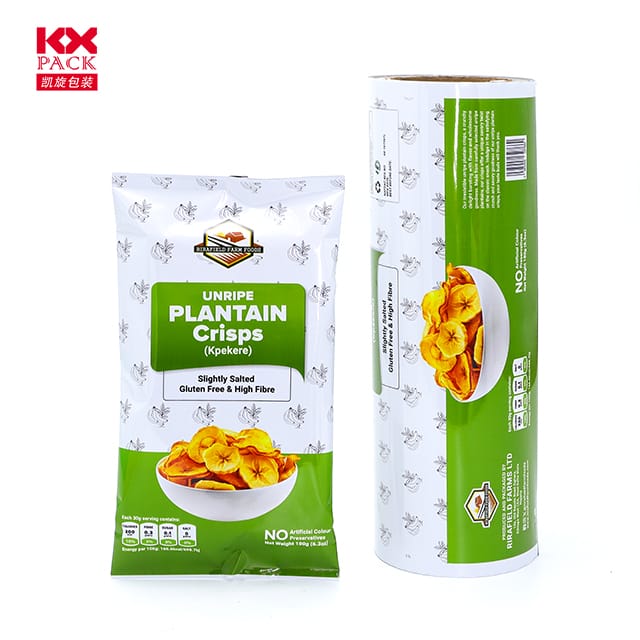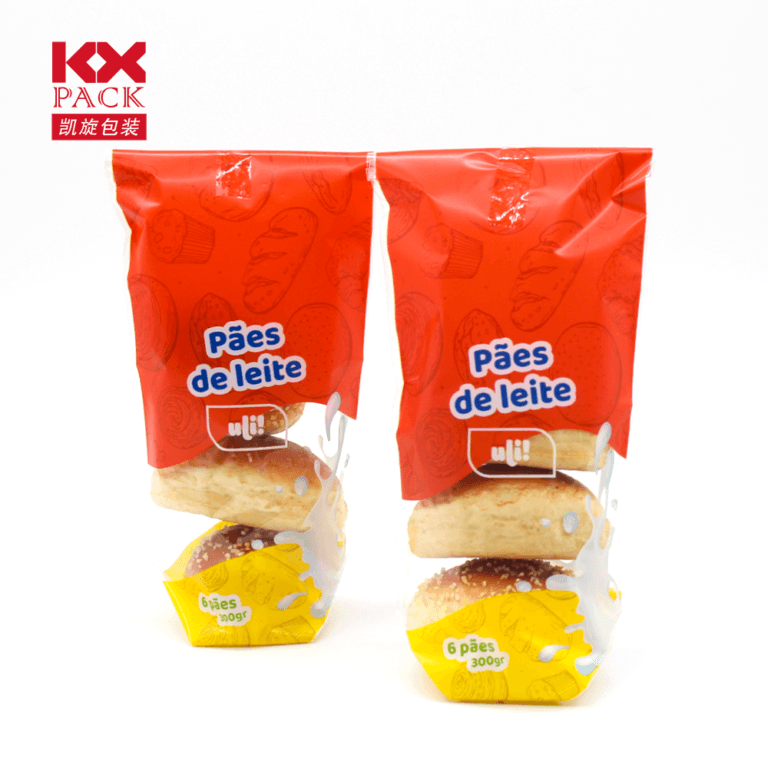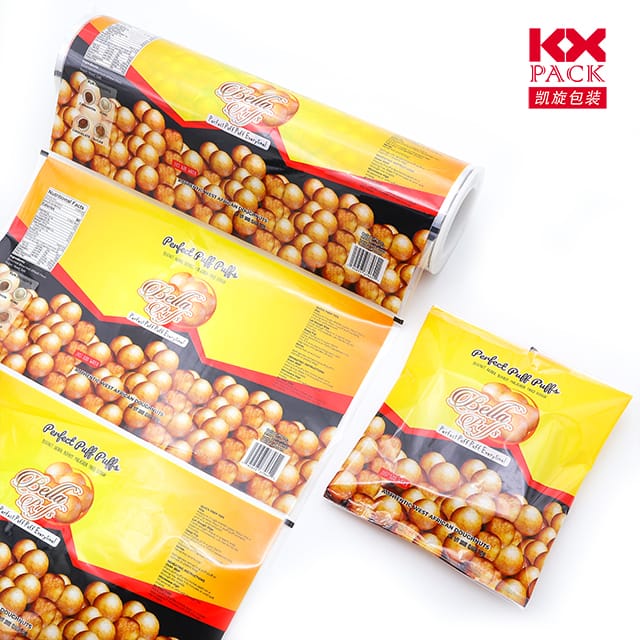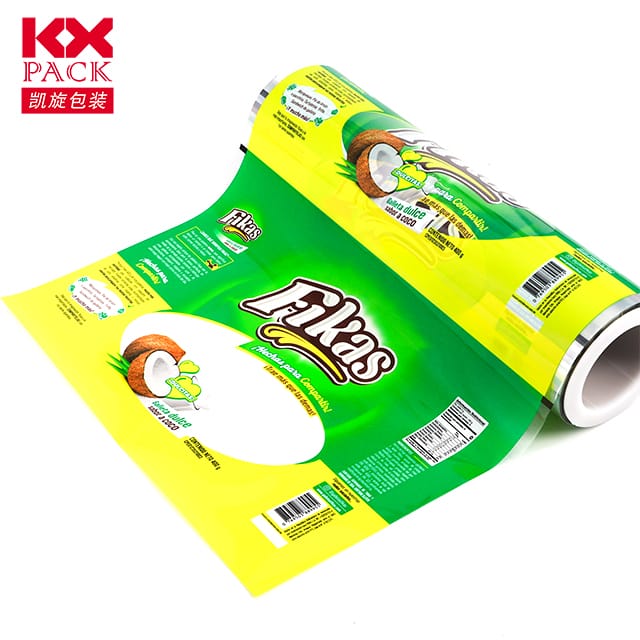塑料胶卷的多功能世界: 揭示了他们多种用途和可持续性挑战(2)
塑料膜卷
在当今快节奏的世界, 在各个行业和日常生活中,塑料胶卷变得必不可少. 从包装到农业, 建造, 甚至艺术, 这些多功能卷在保护方面起着关键作用, 保存, 并促进众多流程. 然而, with their widespread use comes a set of sustainability challenges that cannot be overlooked. Let’s delve into the multifaceted world of plastic film rolls, exploring their myriad uses and discussing the pressing issues surrounding their environmental impact.
The Ubiquity of Plastic Film Rolls
Plastic film rolls are thin, flexible sheets of plastic material wound into rolls for easy handling and storage. 它们有各种厚度, 材料 (such as LDPE,线性低密度聚乙烯, 高密度聚乙烯, 和PVC), and sizes, catering to diverse needs. 在包装行业, plastic film rolls are essential for wrapping and protecting goods from moisture, 灰尘, and damage during transportation and storage. 食品包装, 尤其, benefits greatly from the barrier properties of plastic films, which help maintain the freshness and shelf life of products.
Agriculture also relies heavily on plastic film rolls. Mulching films are used to control weeds, conserve soil moisture, 和调节温度, enhancing crop yields and quality. Silage films, 另一方面, are crucial for storing forage crops under anaerobic conditions to prevent spoilage.
Beyond these sectors, plastic film rolls find applications in construction (as underlayment for floors and roofs), the automotive industry (for protective coverings), and even the creative arts (for crafting and model-making). Their durability, 灵活性, and cost-effectiveness make them an attractive choice for numerous applications.
The Sustainability Conundrum
Despite their utility, plastic film rolls pose significant environmental challenges. 一次性塑料, including many types of plastic films, contribute to the global plastic pollution crisis. They often end up in oceans, harming marine life and disrupting ecosystems. 此外, the production of plastic film rolls requires petroleum, a non-renewable resource, and the process generates greenhouse gas emissions, 加剧气候变化.
The issue of plastic waste is further compounded by the fact that many types of plastic films are not easily recyclable. Contamination from food residues, 添加剂, and the thin nature of the films make them difficult to process in conventional recycling streams. 因此, large quantities of plastic film waste end up in landfills, where they can take hundreds of years to decompose.
Towards More Sustainable Solutions
In the face of these challenges, efforts are underway to develop more sustainable alternatives and improve recycling infrastructure. Biodegradable and compostable plastic films made from plant-based materials such as PLA (聚乳酸) 和PHA (多羟基烷烃) 正在获得吸引力. While these alternatives still have their own set of challenges, including higher costs and potential for environmental harm during production, they represent a step in the right direction.
Innovations in recycling technology are also critical. Advanced sorting systems and chemical recycling methods are being developed to handle contamination and the thinness of plastic films more effectively. Policies promoting circular economy principles, such as extended producer responsibility (EPR) and deposit-refund schemes, can incentivize companies to design more recyclable products and invest in recycling infrastructure.
而且, reducing overall plastic consumption through mindful consumer choices, reusable alternatives, and education campaigns is imperative. Consumers and businesses alike can play a part by opting for minimal packaging, supporting brands committed to sustainability, and properly disposing of plastic waste to minimize environmental harm.
结论
Plastic film rolls are undeniably versatile and valuable tools in numerous industries and daily life applications. 然而, their environmental footprint necessitates a reevaluation of how we produce, 使用, and dispose of these materials. 通过拥抱创新, fostering sustainable practices, and fostering a culture of responsibility, we can mitigate the negative impacts of plastic film rolls and pave the way for a more sustainable future. As consumers and stakeholders, our collective actions today will shape the legacy of plastic use for generations to come.







